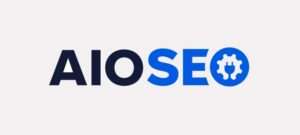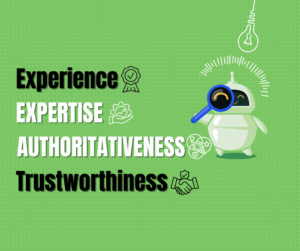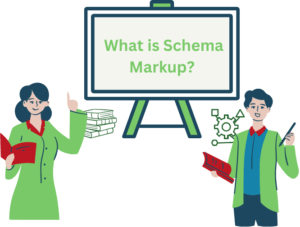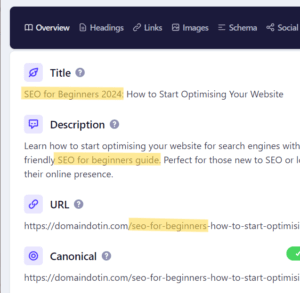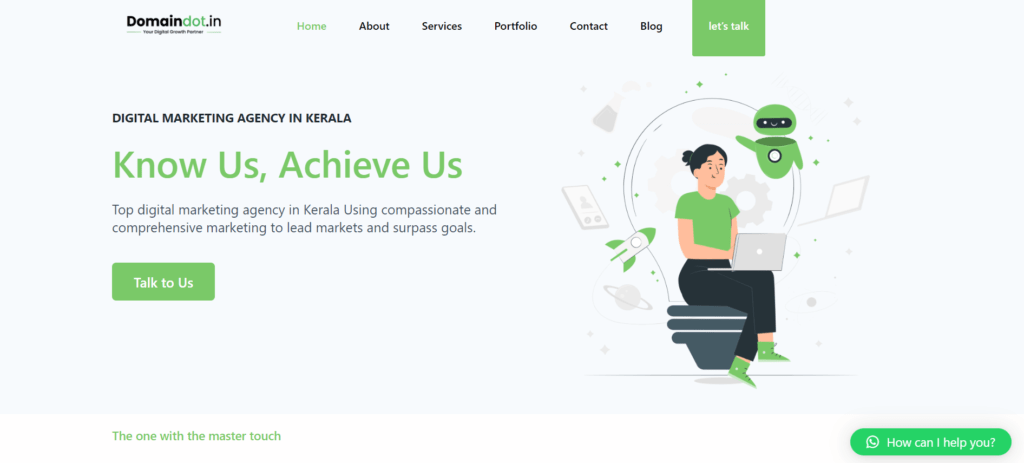DIGITAL MARKETING AGENCY IN KOCHI
YOUR DIGITAL GROWTH PARTNER
Top digital marketing company in Kochi Using effective marketing strategies to dominate markets and exceed goals.
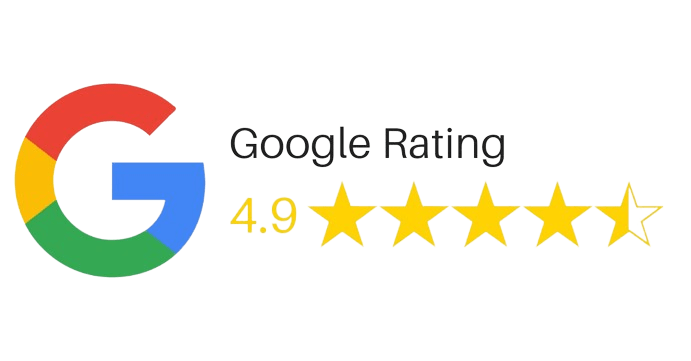
Where expertise meets excellence
#1 Digital Marketing Agency in Kochi
At Domaindotin, we’re not just another Digital Marketing Agency in Kochi. We’re a team of passionate strategists dedicated to helping businesses in Kochi succeed online. We don’t just claim to be the best – our results speak for themselves. Businesses everywhere are recognising the power of digital marketing and are implementing strategies to connect with and engage their target audience effectively.
Give your business the exposure it deserves by climbing to the top and landing on the first page of search results. By staying on top of the latest industry trends, we, one of the best digital marketing company in Kochi, make sure you never miss an opportunity to capture the market early. Choose us, and we’ll ensure your success, on time, every time.
What we do
Partner with a team that delivers results through proven strategies
What does it take to succeed in the evolving, competitive business world in an era of constantly growing information? We refer to properly considered and skillfully implemented digital marketing strategies in Kochi. We create cutting-edge web marketing strategies for a select clientele that spans market segments since that is why we do what we love. We help them along the way as reputable advisors by providing a variety of digital marketing techniques in Kochi. Greetings from the realm of Domaindotin. Greetings from tomorrow!
Search Engine Optimization
Search engine optimization (SEO) is the process of improving a page's ranking in search engines like Google. As a top digital marketing agency in Kochi, we boost your website’s visibility through strategic SEO, quality content, and enhanced user experience.
Social Media Marketing
Social media marketing is the method of promoting a product or service using platforms like Facebook, Instagram, and Twitter. As a leading digital marketing agency in Kochi, we craft personalized strategies to elevate brand visibility and foster meaningful connections.
Search Engine Marketing
Search engine marketing (SEM) is a form of online advertising that promotes websites by increasing their visibility in search engine results pages through paid ads. As a leading digital marketing company in Kochi, we drive valuable traffic to your business with strategic campaigns.
Branding
Branding is your company’s unique look and identity. It’s how people see you and recognize you. It’s more than just a logo; it reflects who you are, what you do, and the impact you have on others.
Web Development
Developing a website is like setting up your online business. You design the layout, create the content, and ensure it’s user-friendly, all to reflect your brand and engage visitors.
Video Production
We use video production to create short, engaging content like reels and mini-ads. we capture the highlights of companies and add catchy music to make it more appealing.
Digital Marketing Agency in Kochi
Boosting Business Growth with Conversions
Every brand has the potential to shine, but in today’s digital world, a great product or service isn’t enough. To truly succeed and reach your audience, you need a smart strategy. That’s where Domaindotin comes in. As a digital marketing agency in Kochi, we’re dedicated to helping brands like yours stand out online. We focus on long-term growth through targeted advertising across various platforms, not just quick wins. We believe that understanding what makes your brand unique is key to creating a tailored strategy that resonates with your audience. Our proven success speaks for itself. Ready to unlock your brand’s full potential? Let’s connect! We’d love to discuss how Domaindotin can help your business thrive online.
Our Clients

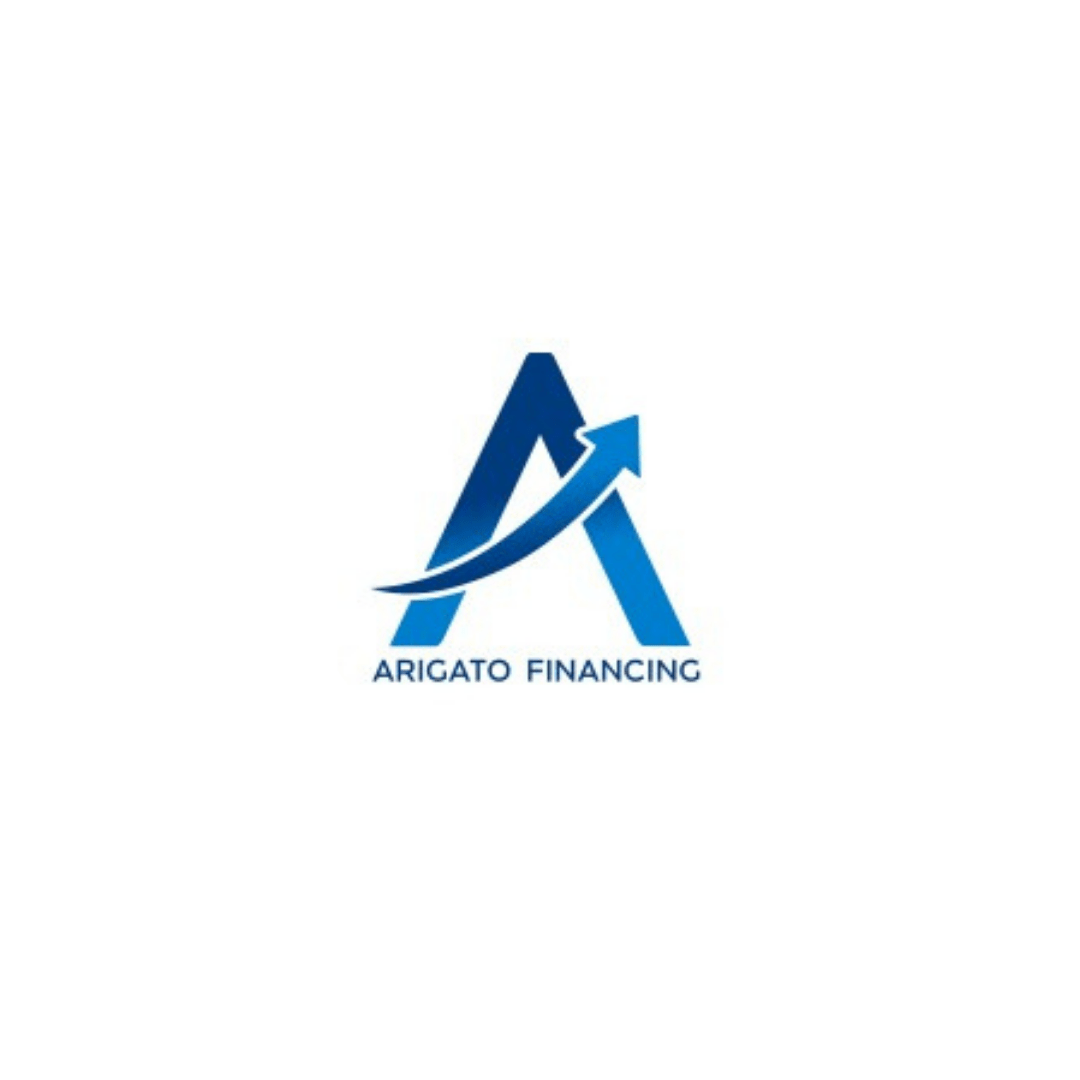

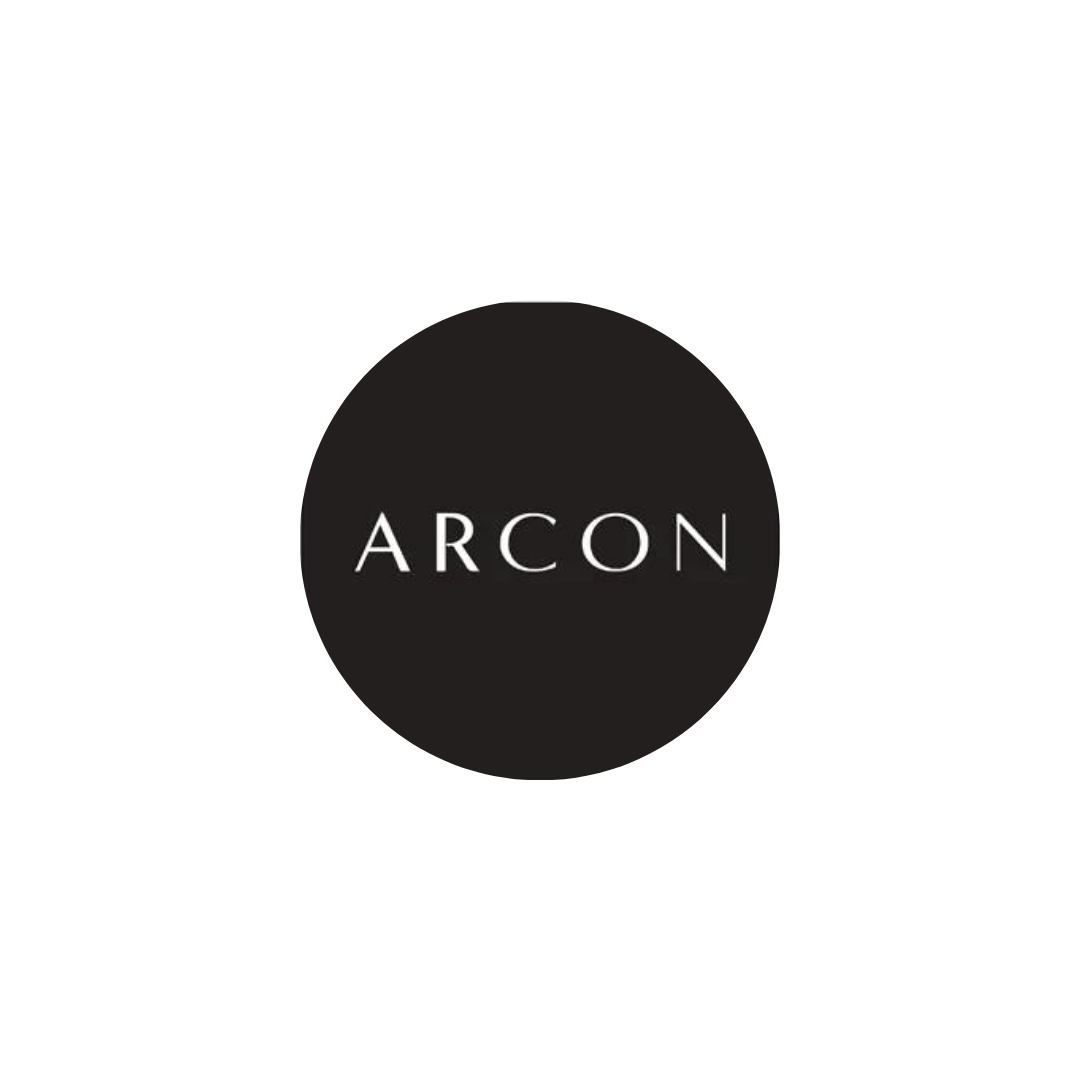


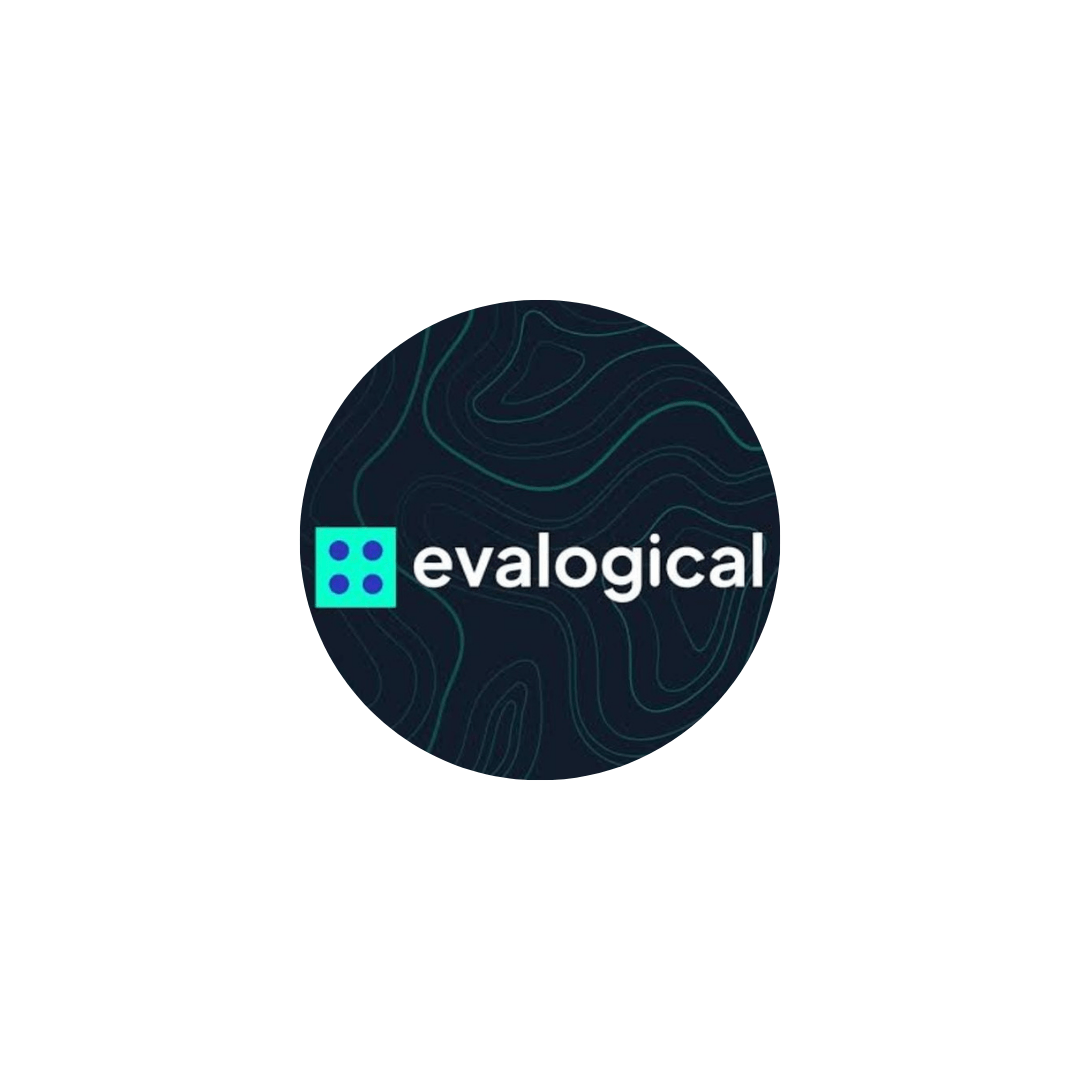

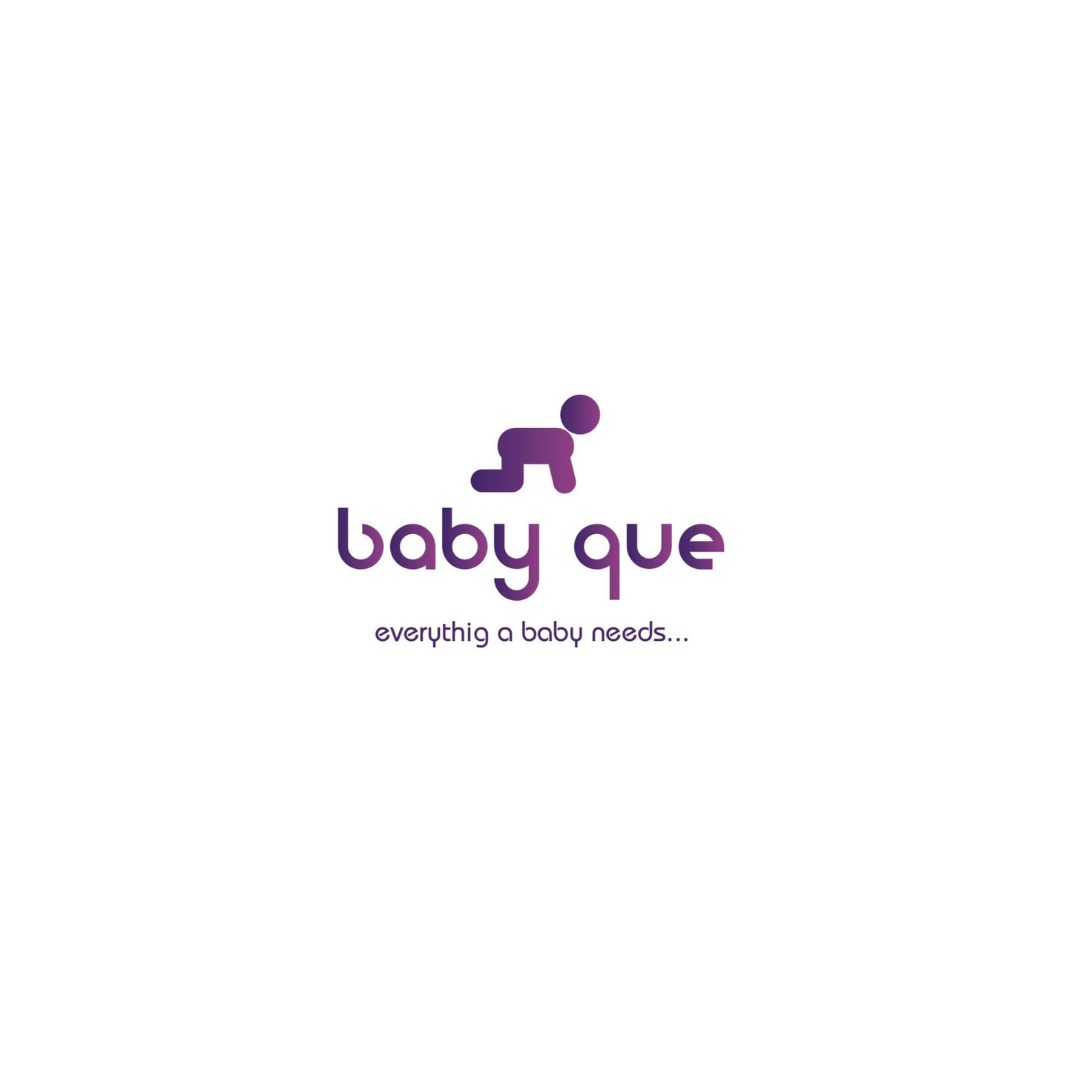
Our Result Oriented Digital Strategy Helped 100+ company
- Increased website traffic
- Boosted brand awareness
- Improved lead generation
- Enhanced conversion rates
- Improved customer engagement
- Positive ROI
- Increased client satisfaction
DomainDotIn has everything needed to be the top digital marketing agency in Kochi. In our field, expertise often outweighs formal qualifications, and we continuously learn and stay updated with the latest trends in digital marketing. Our journey to becoming a leading agency in Kochi hasn’t been easy, and now we’re working to replicate that success throughout the region, knowing it requires even more focus and dedication. While digital marketing may seem straightforward at first, it demands deep research and continuous learning.
As a leading digital marketing agency in Kochi, we understand the specific challenges and opportunities in the local market. We use our local knowledge and expertise to offer tailored solutions that deliver real results for businesses in the area. As digital marketing strategists, we’re committed to creating strategies that align with our clients’ goals, ensuring the best possible impact and return on investment.
Expanding from Kochi to a wider market requires careful planning and adaptability. As we move forward, we’re ready to invest the time and effort needed to establish ourselves as trusted marketing partners in the digital ecosystem. By leveraging our skills and dedication to excellence, we’re confident in our ability to make a positive impact on the digital landscape in Kochi.
In short, our journey to becoming a top marketing agency is driven by continuous learning and perseverance. We’re committed to pushing the boundaries of what’s possible and carefully executing our strategies to support our clients.
E-commerce demands full commitment and effort. Platforms like WooCommerce and Shopify have made building e-commerce websites more accessible. At DomainDotIn, we focus on Shopify for its simplicity, especially for those with limited time or expertise, while also valuing WooCommerce for its cost-effectiveness. Despite WooCommerce being free, creating a high-quality e-commerce site still requires significant time and skill. As a leading digital marketing agency in Kochi, we specialize in e-commerce website development.
In today’s digital world, the move toward online retail is clear, especially in Kochi. Businesses are increasingly recognizing the potential of online stores to reach a wider audience and boost sales. Mastering e-commerce is now crucial for staying competitive.
With platforms like Shopify, businesses in Kochi can enjoy numerous benefits, such as increased visibility and enhanced customer engagement. At DomainDotIn, we’ve witnessed how well-designed e-commerce websites can drive business growth.
However, the journey to e-commerce success is challenging. From designing a user-friendly interface to optimizing product listings for search engines, every detail requires attention. We collaborate closely with businesses to overcome these challenges and create e-commerce solutions that resonate with their audience.
Staying updated with the latest trends and technologies in e-commerce is essential for staying ahead. Whether it’s implementing mobile-responsive designs or integrating advanced analytics tools, continuous learning and adaptation are vital to success in this ever-changing field.
In conclusion, mastering e-commerce takes dedication and effort, but the rewards are worth it. At DomainDotIn, we’re committed to helping businesses harness the full potential of e-commerce and achieve lasting growth in today’s digital landscape.
Domaindotin is a rising competitor in the digital marketing field, quickly making its way to the top with modern strategies. We stay current with the latest trends in social media, SEO, Google Ads, video production, branding, and content creation. Our team comprises top professionals who focus on quality work and delivering excellent results. Staying updated is key to our success.
As we expand our company, we’re adding more resources and employees, and we’re now also available as a digital marketing agency in Calicut. By the end of this year, Domaindotin will be a name everyone knows. We guarantee our services generate leads and add value to brands. Quality and engaging content is our specialty because, in today’s digital age, only the best content makes an impact.
Our co-founders—Adil Rafeeque (Google Ads expert and content creator), Murshid Amal (social media manager and marketer), Sooraj AS (SEO and web development specialist), and Umer Mukthar (marketing and SEO strategist)—are the driving force behind Domaindotin’s innovation and excellence.
We also have talented graphic designers, Adil Palakkal and Fadil Abdusalam, leading our design team. Their out-of-the-box thinking and expertise result in visually stunning designs that align perfectly with our clients’ brands.
Ahmed Hisham heads our video production team, bringing creativity and spontaneity to every project. His leadership has resulted in high-quality videos that captivate and engage audiences.
Actors and models Aanziya Sherin and Nymah are key members of our content creation team, bringing life and authenticity to our video content, and ensuring it resonates with a broad audience.
We are committed to continuous learning and improvement, investing in training and development to keep our team at the forefront of the industry.
Our client base ranges from startups to established companies, all trusting us to enhance their digital presence. We work closely with each client to understand their needs and deliver tailored solutions that exceed expectations.
Innovation drives everything we do at Domaindotin. We constantly explore new technologies and methods to improve our services. Our dedication to quality and creativity sets us apart in a competitive industry.
By the end of this year, we see Domaindotin becoming a household name, known for quality and innovation in digital marketing. Our journey is just beginning, and we’re excited to keep growing and making a significant impact in the industry.
In today’s digital world, having a strong online presence is crucial for any business to succeed. As a leading digital marketing agency in Kochi, we specialize in creating customized strategies that help our clients overcome challenges and achieve their goals. Here, we address some common questions about digital marketing and how an agency like ours can make a difference.
Q1: What sets a digital marketing agency apart from an in-house marketing team?
A: A digital marketing agency offers a broader range of specialized skills and resources that an in-house team may find hard to match. Agencies bring together experts in SEO, content creation, social media management, web development, video production, and more, providing a well-rounded marketing approach. Additionally, agencies have access to advanced tools and technologies, enabling them to adapt quickly to industry changes and implement effective campaigns. In contrast, in-house teams might have limited resources and may take longer to achieve the same level of results.
Q2: What can a digital marketing agency in Kochi offer?
A: A digital marketing agency in Kochi offers a diverse set of skills, including SEO, web development, advertising, branding, video production, and Google Ads. With a deep understanding of local market trends and consumer behavior, we craft strategies that connect with the audience and drive engagement and conversions.
Q3: How can a digital marketing company in Kochi help businesses stay ahead in the digital age?
A: Our primary goal as a leading digital marketing company in Kochi is to help businesses thrive online. We use strategic planning, data analysis, and continuous optimization to enhance online visibility, attract quality leads, and build lasting customer relationships. Our approach goes beyond basic tactics; we provide comprehensive solutions that align with our client’s business objectives.
Q4: What are the benefits of working with a digital marketing agency in Kochi?
A: Partnering with a digital marketing agency in Kochi offers numerous benefits, including cost-effectiveness, flexibility, and personalized service. Unlike larger agencies, we give each client the attention they deserve, ensuring that their unique needs and goals are met. Our deep understanding of the Kochi market also enables us to offer insights and strategies that resonate with the local audience, giving businesses a competitive edge.
Q5: How does a digital marketing company in Kochi work with clients?
A: Our approach begins with a thorough analysis of the client’s current digital presence to identify areas for improvement and growth. We then collaborate closely with the client to develop a customized strategy that fits their goals and budget. Throughout the process, we provide regular updates and performance reports, ensuring transparency and accountability at every stage.
In conclusion, partnering with a digital marketing agency in Kochi can significantly boost a business’s digital presence and growth. We are committed to offering personalized service, strategic planning, and continuous optimization to help businesses in Kochi succeed in the digital landscape.
Our Happy Clients!


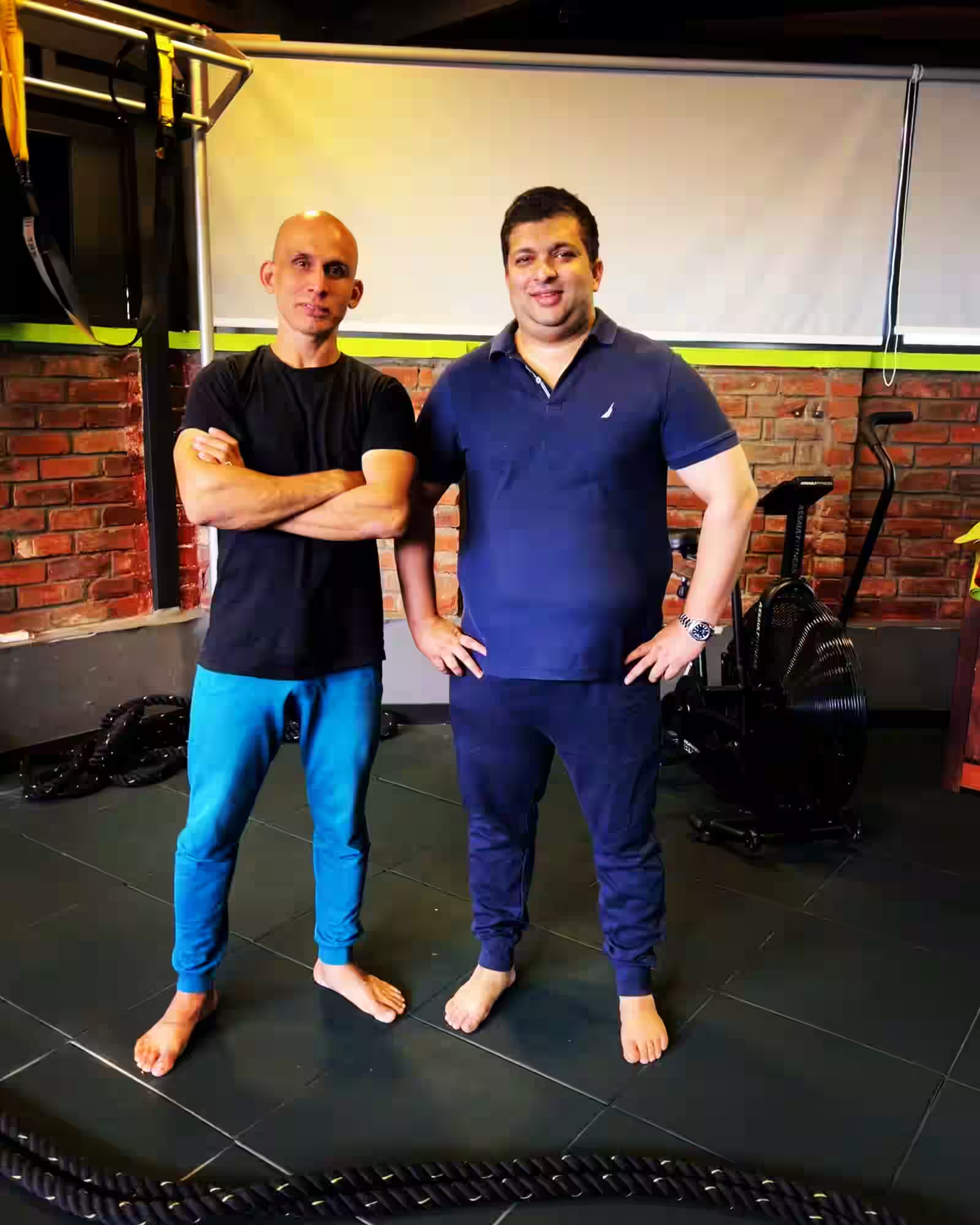
BEST DIGITAL MARKETING AGENCY IN KOCHI
We are Domaindotin, a modern digital marketing agency based in Kochi, established in 2023. Our mission is simple: to help your business grow using creative and effective digital marketing techniques. As a leading digital marketing company in Kerala, we understand the local market and offer customized solutions that meet your specific business needs.
At Domaindotin, we’re dedicated to providing Kochi businesses with top-notch digital advertising services. Our wide range of digital marketing solutions is designed to boost your online visibility, increase website traffic, and drive more conversions. As a trusted digital marketing company in Kochi, we’re here to help you achieve your business goals efficiently and effectively.
Ready to take your business to the next level with the best digital marketing agency in Kochi? Get in touch with Domaindotin today, and let’s work together to build a strong online presence for your brand and drive remarkable growth.
At Domaindotin, we take pride in our comprehensive service offerings and commitment to quality, making us the ideal partner for all your digital marketing needs. Experience firsthand the impact a dedicated and experienced digital marketing agency in Kochi can have on your business’s success.
Frequently Asked Questions
Domaindotin is a digital marketing agency in Kochi offering a range of services, including SEO, web design and development, social media marketing, video production, content marketing, PPC advertising, and analytics and reporting.
Digital marketing is essential for growing any business in today’s world. Skipping digital marketing is like opening a shop and not telling anyone about it. At DomainDotIn, based in Kochi, we offer top-notch digital marketing services that can take your business to the next level. Unlike freelancers who may work with multiple clients, our agency focuses on delivering comprehensive strategies tailored to your needs. We combine the expertise of our skilled team with advanced tools to drive real results. With us, you get dedicated service and a strategic approach that helps your business shine online.
At Domaindotin, we use customized digital marketing strategies tailored to your business needs. We enhance your online presence, drive targeted traffic to your website, and increase conversions to help your business grow.
Domaindotin stands out from other digital marketing agencies in Kochi with our deep local knowledge, creative solutions, results-driven techniques, and a strong customer-focused approach.
Domaindotin conducts a thorough assessment of your business, competition, and target market. Based on this analysis, we develop a unique strategy that aligns with your goals and maximizes your return on investment.
The cost of our services at Domaindotin depends on the scope of the project and the specific services required. Contact us to get a quote that fits your company’s needs.
Finding the right digital marketing agency in Kochi can be challenging, but it’s manageable with the right approach. Start by reviewing their previous work and capabilities. Check their portfolio to see the types of projects they’ve handled and whether their past clients are similar to your business. Look for case studies that show real results and read client testimonials. Compare agencies based on both quality and cost. Ultimately, the best agency for you will be one that understands your business goals, communicates clearly, and has a proven track record of success. Take your time to research and compare your options to find an agency that will help your business grow and succeed.
EXCELLENTTrustindex verifies that the original source of the review is Google. Domaindotin’s customer service is great! They are the best team in Calicut for creating powerful SEO strategies that workTrustindex verifies that the original source of the review is Google. We’ve seen a huge improvement in our search rankings thanks to Domaindotin. They are the best SEO team in Kerala, and their customer service is always reliable.Trustindex verifies that the original source of the review is Google. We couldn't be happier with the website they developed for us. It’s sleek, fast, and perfect for attracting our Calicut audienceTrustindex verifies that the original source of the review is Google. The performance marketing campaigns they ran were incredibly successful. We’ve seen a massive increase in leads, thanks to Domaindotin.Trustindex verifies that the original source of the review is Google. Domaindotin’s performance marketing team is the best in Calicut. Our ad campaigns have never been this effective before. Highly recommendTrustindex verifies that the original source of the review is Google. ഇവരുടെ കസ്റ്റമർ സർവീസ് 👌🏻Trustindex verifies that the original source of the review is Google. Best seo service agency in calicut best teamTrustindex verifies that the original source of the review is Google. Working with Domaindotin has been an absolute game-changer for our business. Their social media marketing strategies have significantly boosted our online presence and engagement. The team is incredibly knowledgeable, professional, and always up-to-date with the latest trends in digital marketing. Their customized approach and attention to detail have helped us reach our target audience effectively. If you’re looking for a reliable and results-driven digital marketing agency in Kerala, Domaindotin is the perfect partner!”Trustindex verifies that the original source of the review is Google. Domaindotin’s SEO services made a huge difference to our rankings in Calicut. We’ve seen a great increase in organic traffic from Kerala."
Get in touch with the best Digital Marketing Agency in Kochi – DomainDotIn
Let's connect for your next project
consult with the best digital marketing company in Kochi to skyrocket your businesses.





